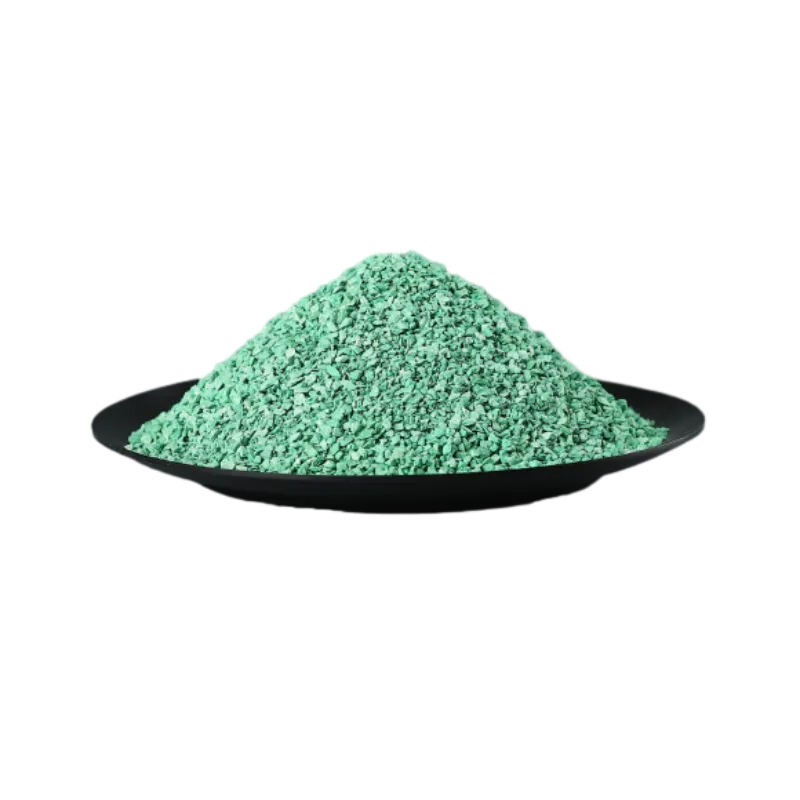
aug . 09, 2024 05:50 Back to list
Cost Analysis of Clay Shingles for Roofing Projects and Budget Considerations
The Cost of Clay Shingles A Comprehensive Overview
When it comes to roofing materials, clay shingles stand out for their aesthetic appeal and durability. Traditionally associated with Mediterranean and Spanish-style architecture, clay shingles (or tiles) offer an earthy, rustic charm that fits seamlessly into many residential and commercial designs. However, the cost associated with clay shingles can vary significantly based on multiple factors, making it essential for homeowners and builders to understand their investment fully.
Understanding Clay Shingles
Clay shingles are made from natural clay that is molded and fired in a kiln, resulting in a durable and weather-resistant product. They come in various shapes, sizes, and colors, providing a wide range of design options. Beyond their visual appeal, clay shingles offer excellent insulation properties and can significantly reduce energy costs over time. Their longevity is another selling point; properly maintained, clay roofs can last anywhere from 50 to 100 years, making them a long-term investment.
Cost Factors
1. Material Costs The price of clay shingles can vary widely based on the type and brand. On average, the cost ranges from $3 to $12 per square foot for the shingles themselves. Premium brands or specialized designs, such as hand-molded or colored tiles, can cost significantly more.
2. Installation Costs Installing clay shingles requires skilled labor, as they are heavier and more fragile than other roofing materials like asphalt shingles. Labor costs can add an additional $5 to $15 per square foot, depending on the complexity of the roof design and the region. It’s essential to choose a contractor experienced in installing clay roofing to avoid potential installation issues.
clay shingles cost

3. Geographic Location Regional pricing can greatly influence the overall cost of clay shingles. Regions with a high demand for roofing materials or limited availability of clay tiles may experience higher costs. Conversely, areas with a robust supply chain or competition among roofing contractors may see lower prices.
4. Maintenance and Replacement Costs While clay shingles are durable, they are not impervious to damage. Issues like cracking, shifting, or moss growth can occur and may require repairs. Although these costs are not constant, homeowners should budget for occasional maintenance to extend the roof's lifespan.
Additional Considerations
When considering an investment in clay shingles, it's also essential to think about the long-term benefits. While the initial costs may be higher than traditional materials, the overall lifespan and energy efficiency can result in significant savings over time. Additionally, clay roofing can increase a property’s resale value; many buyers appreciate the aesthetic and functional benefits of a clay roof.
Moreover, clay is an environmentally friendly material, as it is natural and recyclable. In an age where sustainability is gaining increasing importance, clay shingles can be an attractive option for eco-conscious homeowners looking to minimize their environmental footprint.
Conclusion
In summary, while the upfront costs of clay shingles may be higher than other roofing alternatives, the combination of durability, aesthetic appeal, and energy efficiency can make them a worthwhile investment. Homeowners should carefully consider their options by evaluating the local market rates for materials and labor, as well as the long-term benefits associated with clay roofing. With the right planning and execution, clay shingles can enhance the beauty of a home while providing lasting protection and value.
-
Stone Coated Metal Roof Tile-Roman Tile for Durable Roofing Solutions
NewsJul.30,2025
-
Stone Coated Metal Roof Tile-Wood Grain Tile for Durable Roofing
NewsJul.30,2025
-
Stone Coated Metal Roof Tile-Nosen Tile: Durable, Stylish Roofing Solution
NewsJul.29,2025
-
Premium Moonlight White HIREFLE Granules for High-Quality Surfaces
NewsJul.29,2025
-
Stone Coated Metal Roof Tile-Grouper Tile | Durable & Stylish Roofing
NewsJul.29,2025
-
High-Quality Roofing Granules for Sale – Durable & UV Resistant Solutions
NewsJul.28,2025







